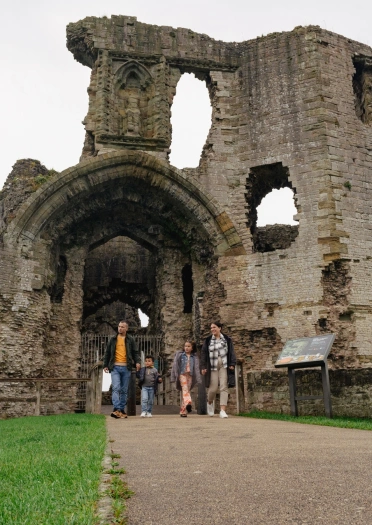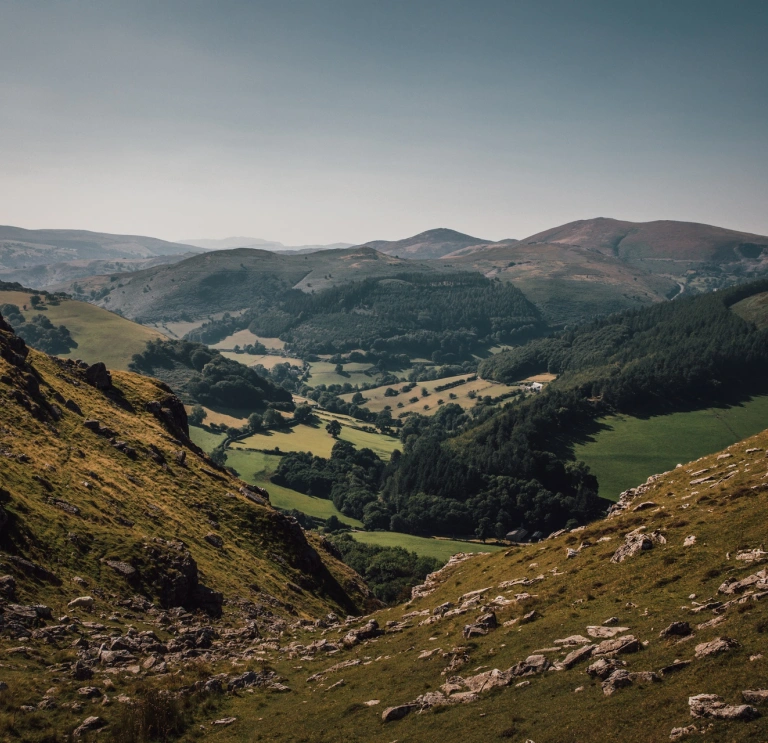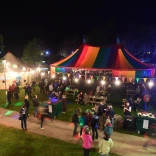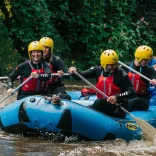Set out on horseback, jump on a mountain bike or stride out on foot to discover the gorgeous hillsides, forests and heathlands of North East Wales. With a history you can trace back for millions of years they make up Wales’ newest National Landscape (formerly Area of Outstanding Natural Beauty).
Is there a place that inspires you afresh every single time you go back?
For award-winning chef Bryn Williams, that place is the Clwydian Range in North East Wales. Born into a Welsh-speaking community in rural Denbighshire, he adores this quiet and fertile region of heather-topped hills and rolling pastures.
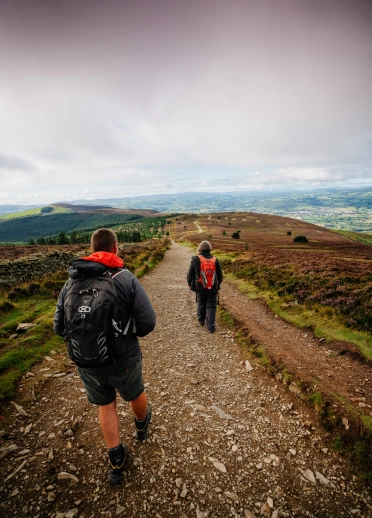
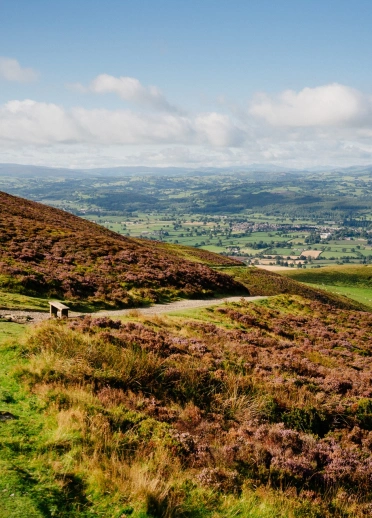
Bryn WilliamsFor me the Clwydian Range is home. It shows us nature at its best. We’ve had family picnics for my gran’s birthday on top of Moel Famau. Up there I can look out over Vale of Clwyd and point out all the farms and areas that my family came from, like a visual family tree!
The newest National Landscape in Wales
For me the Clwydian Range is home. It shows us nature at its best. We’ve had family picnics for my gran’s birthday on top of Moel Famau. Up there I can look out over Vale of Clwyd and point out all the farms and areas that my family came from, like a visual family tree!
In the summer of 1985, the 21-mile Clwydian Range was designated National Landscape (formerly Area of Outstanding Natural Beauty (AONB)) – a region whose landscapes, culture, flora and fauna are considered an asset to the nation. In 2011, the boundaries of the Clwydian Range were extended to cover much of the Dee Valley, including the spectacular rocky bulk of Eglwyseg Escarpment, Horseshoe Pass and Esclusham Mountain.
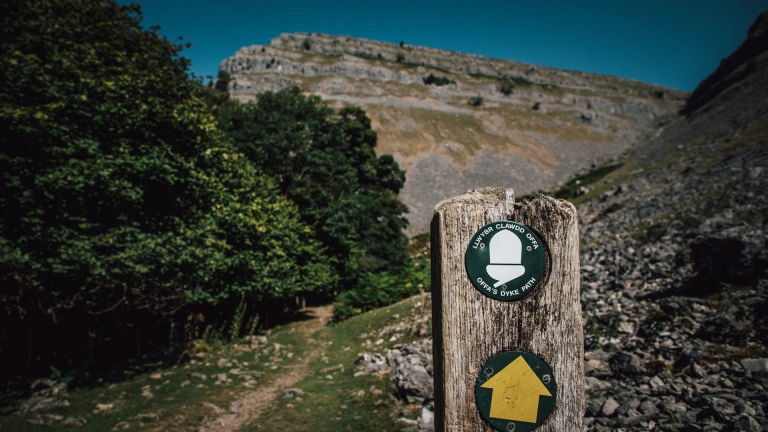
Top of the range walking
The Clwydian Range and Dee Valley National Landscape is wonderful walking country. A beautiful section of the Offa’s Dyke Path National Trail follows the hilltops from Prestatyn to Chirk. If you’re planning a walking break lasting three days or so, you could easily tackle it. With more time to spare you could follow the trail all the way south to another of the Welsh National Landscapes, the Wye Valley.
There are also plenty of shorter circular walks in the region’s heathlands, forests and country parks, linked by local buses. If you’d just like an hour-long leg stretch you could try one of Denbighshire’s Community Miles – short marked paths right on the doorstop of the county’s towns and villages.
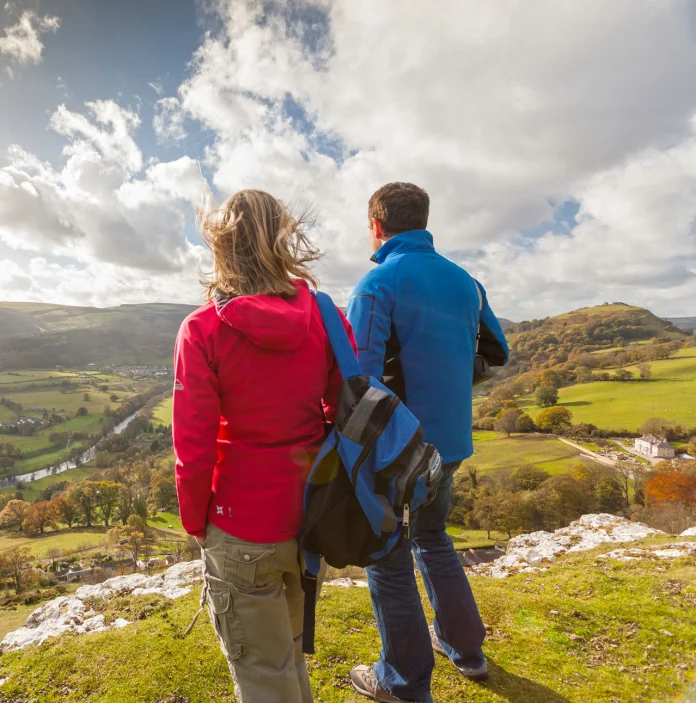
The Clwydian on two wheels
Cyclists love this area. It’s part of the North Wales Cycling Centre of Excellence - a network of roads, tracks, climbs and descents - guaranteed to get the heart racing. At the southeast end of the Clwydian Range is Coed Llandegla, a privately owned forest park which attracts around 200,000 riders a year. Covering 2.5 square miles, this is one of the UK’s biggest and best mountain biking centres. It has a hire shop, swooping trails for riders of all abilities and a skills area where you can perfect your techniques on timber bridges, berms and jumps. Visit the Ride North Wales website for more ideas.
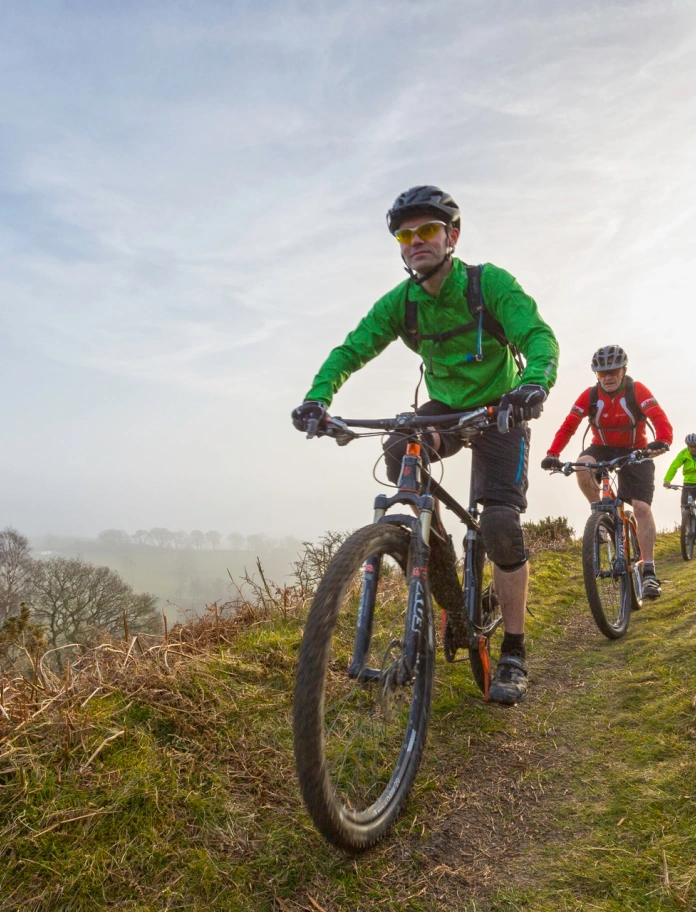
Exploring on horseback
Horse riding is a glorious way to enjoy the Clwydian Range and Dee Valley National Landscape. Set aside an afternoon, a few days or even a couple of weeks and you can go splashing though streams, winding through forests, trotting along leafy lanes or galloping across meadows of heather and gorse. The region’s riding stables offer horses, equipment and advice. Some do equine B&B so that you and your horse can holiday in comfort.
Discovering local culture and unlocking the past
Those who have an eye for geology can trace the region’s history back 400 million years. There are remnants of the Iron Age here, too – the prominent outlines of hilltop defences pepper the range from Caer Drewyn in the southwest to Moel Hiraddug in the north. Denbigh Castle, to the west of the range, is a 13th century treasure which veteran travel writer Jan Morris described as the most picturesque castle in Wales. And to the south in Llangollen, the locals’ pride in history and culture is every bit as lively as the River Dee itself which rushes through their pretty little town.
